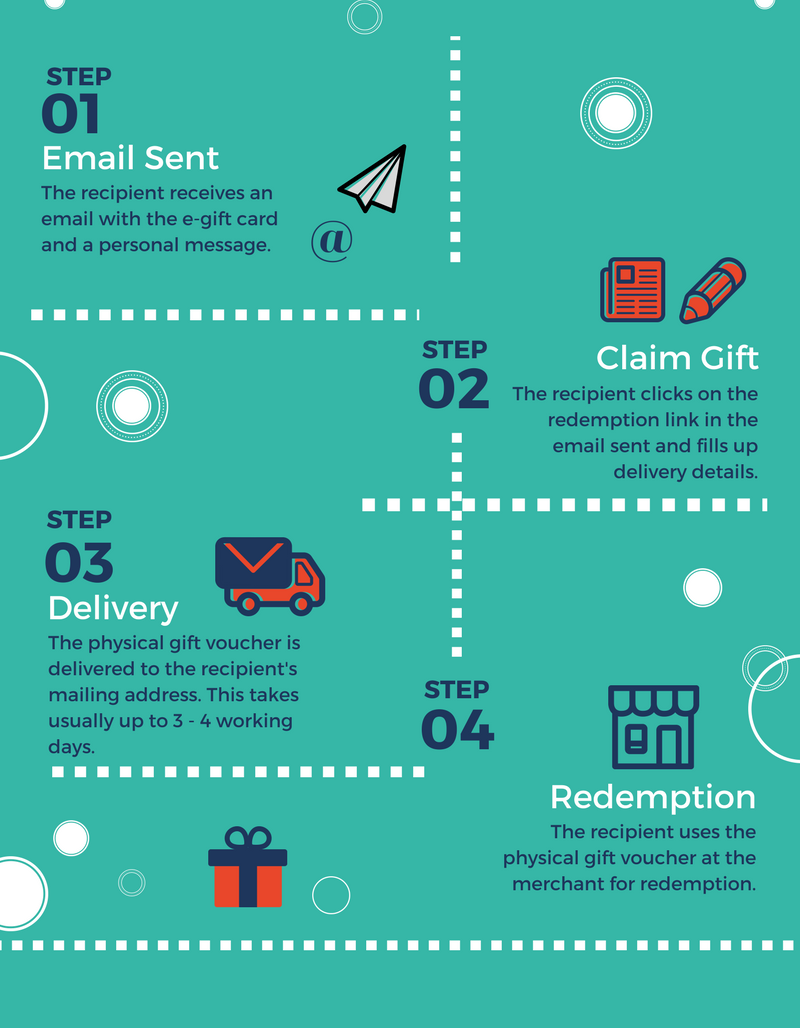Laser etching on glass can add vivid, individualized designs to a variety of items. This versatility is one of the main benefits of laser technology over various other etching strategies.
Before you engrave your glass items with the laser, be aware of a few common issues that can occur. These ideas will certainly aid you achieve the very best outcomes feasible.
Just How Laser Inscription Works
Laser engraving is a prominent technique for etching and individualizing things. It is a process that can be carried out on a wide array of products, including glass, wood and metal. Laser etching makers can generate really comprehensive styles, with fine lines and exact cuts. Utilizing this strategy, you can produce custom honors and other products that make certain to thrill.
To attain the preferred results, initially, you will require to conceive the layout. This will certainly help you to determine what type of photo or text you want to engrave on the surface. Then, you will need to transform your principle into an electronic visuals. This can be finished with visuals design software application, such as Adobe Illustrator or Inkscape, and afterwards saved into a documents format that is compatible with your laser engraver.
As soon as the engraving data are prepared, it is time to begin preparing the product for laser marking. This can be done by applying a black mask that is made specifically for laser usage. The dark shade of the mask reflects laser light, and helps to lessen any kind of heat that would or else harm the surface.
Restricting Damaging
When the laser beam strikes the surface of glass it right away heats the material up. The unexpected home heating causes microscopic cracks to the surface area. The cracks and fractures create the look of inscription, etching or frozen glass.
The differing compositions of different kinds of glass can impact just how the product responds to the laser. It is essential to thoroughly check your laser setups on a sample piece of glass before starting a task. Exact emphasis is additionally crucial for clean, consistent results.
To enhance the high quality of your inscriptions attempt making use of a dark paper to shield the glass from the laser. The specialized dark paper has a coating that absorbs the laser energy and allows the etching to occur. The dark paper can be eliminated when the inscription is full. It is additionally advised to make use of a reduced resolution and minimize the quantity of black in the graphics as this will help reduce micro-fracturing. A Jarvis dithering pattern can additionally be related to the graphic in the laser driver settings to randomize and separate the dots of the design and additional decrease the amount of micro-fracturing.
Preparing the Surface
Laser noting on glass and plastic uses a variety of useful usages, from item traceability (like day codes or whole lot numbers) to 3D noting within the product itself. It's additionally utilized for design and style in industries like the automobile, food, and telecommunication industries.
Getting good arise from laser inscription on glass depends partly on the prep work of the surface. Keeping the material tidy of dirt and oil assists the laser permeate deeper and better. Masking the surface with a paper towel or newspaper a little larger than the engraving area can likewise minimize the impacts of warm on large areas, aiding to decrease breaking and enhance overall engraving top quality.
Design and laser control software application can likewise affect just how benefits of engraved glass well the procedure functions. Programs like Adobe Illustrator or Corel Attract assist you create and modify your layouts while programs like LightBurn or LaserGRBL manage the laser's settings.
Getting Started
Laser inscribing on glass is quick and effective, creating a premium look that enhances items and enhances brand identification. While some might be wary of collaborating with this fragile material, a little time and perseverance will assist make sure stunning results.
Using an industrial laser, you can include attractive patterns, messages, or tailored designs to products like glass, containers, pitchers, and extra. The procedure is non-contact, decreasing the danger of damage also on bent or breakable surface areas.
To maximize laser efficiency, you'll wish to invest a long time trying out the setups for your certain equipment and glass type. Refining these settings will certainly decrease energy use, improve overall etching high quality, and lower the likelihood of errors or breakage. For instance, you can enhance the resolution and decrease the black level of your graphics to use less laser power. Similarly, utilizing a Jarvis dithering pattern will divide and randomize the dots in your graphics to even more reduce laser heat usage.
